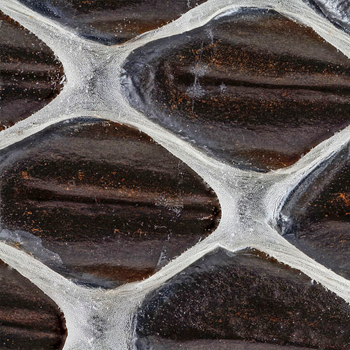The half-life of carbon-14 is 5700 years. What is the age to the nearest year of a sample in which 39% of the radioactive nuclei originally present have decayed?
1 Answer
The sample is approximately
Explanation:
When dealing with a half life question, it is best to use the half-life formula, which is expressed as:
#color(blue)(|bar(ul(color(white)(a/a)y=a(b)^(t/h)color(white)(a/a)|)))# where:
#y=# final amount
#a=# inital amount
#b=# growth/decay
#t=# time elapsed
#h=# half-life
- In this case,
#y=100%-39%=61%# , since#39%# of the sample decayed, leaving 61% to remain. Express#y# as#61# , derived from#61%# , but without the "#%# ." - Express
#a# in the equation as#100# , derived from#100%# , but without the "#%# ." - The value of
#b=100%-"decay rate"# , or in your case,#b=100%-50%=50%# or expressed as a fraction,#1/2# .
#y=a(b)^(t/h)#
#61=100(1/2)^(t/5700)#
#61/100=(1/2)^(t/5700)#
#log(61/100)=log((1/2)^(t/5700))#
#log(61/100)=t/5700*log(1/2)#
#t/5700=(log(61/100))/(log(1/2))#
#t=(5700*log(61/100))/(log(1/2))#
#t=4064.78...#
#color(green)(|bar(ul(color(white)(a/a)t~~4065color(white)(i)"years old"color(white)(a/a)|)))#

